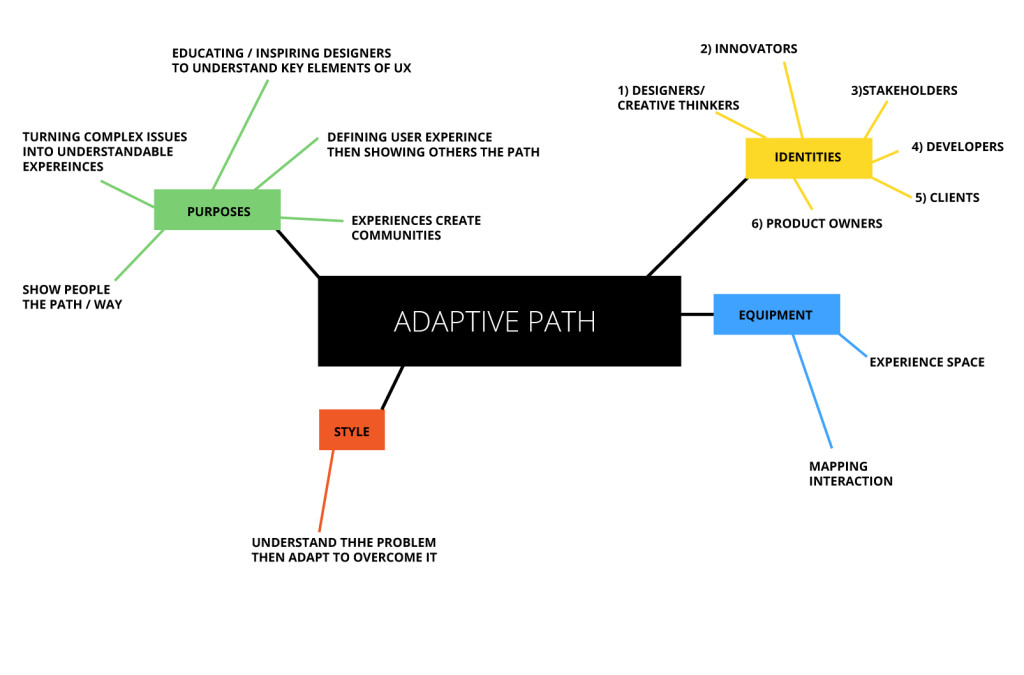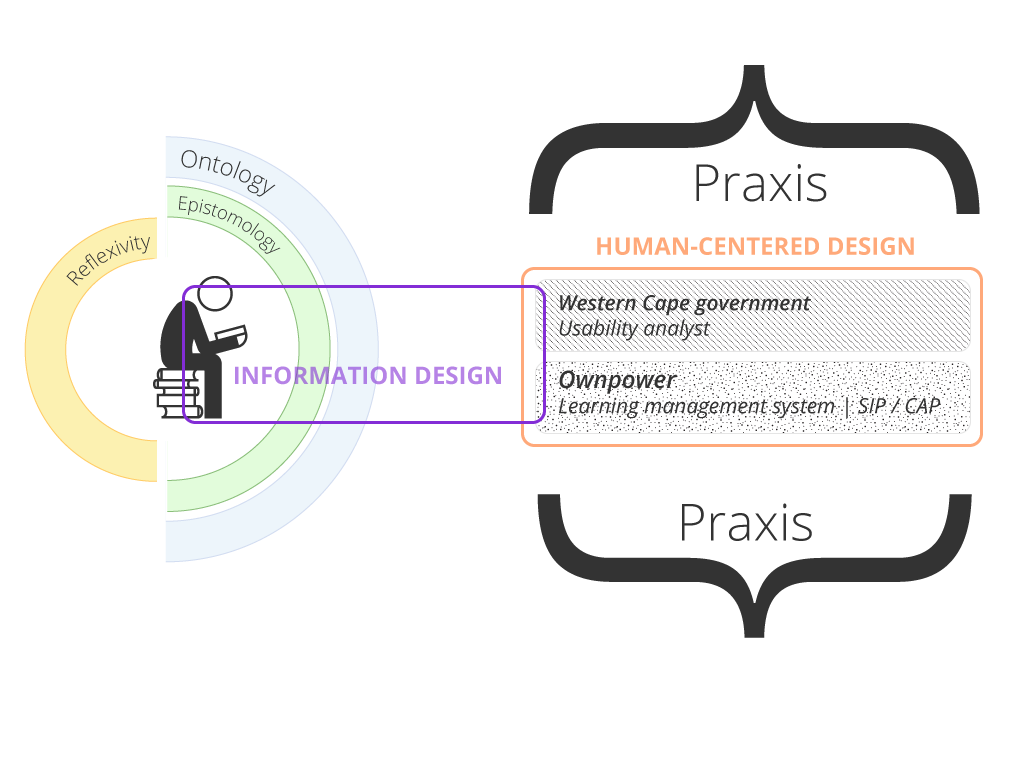Information technology and the institution of identity
Reflections since Understanding Computers and Cognition – by Fernando Flores with assistance from Charles Spinosa
Last night a I read this paper by Fernando Flores, it was incredible insightful with regards to understanding how we use technology to define our own identities as well as understanding those around us through their made up identities. In this blog post, I will quote parts of his paper and aim to draw out how he has made me re-look and re-think how I view digital public spaces.
We claimed that computers were essentially for communication, not computation. On that basis, we also predicted that computers would come to be used for coordinating action and, in that way, help us to see that the heart of commercial activity was the use of language to coordinate action.
The first line in this quote, made me think of how we have changed in our communication habits or mechanisms. I thought back to a project I did in my undergrad, the main underlying concept was to prove how technology is based on nature. I showed a series of natural organisms in their natural state and technological systems and from a visual point of view revealed the overlapping and underlying patterns which allowed both of these systems to run successfully. It became apparent in this project that, it seemed that we were moving towards a mimicking age, where opposite forces were mirroring each other as we travel parallel to one another, both constantly communicating one another. I looked in depth at the underlying fractal pattern as the base language for a computational system of an animated fractal – which I coded in flash, actionscript. The rules were simple, Rotate 30 degrees, on every rotation add a line. I also juxtaposed coded space invaders onto a video clip from a nature documentary, showing aquatic insects flying. The resemblance spoke for itself.
Jared Tarbell has been on my list of favourite artists for many years, his work best describes the above mentioned project and visualises it beautifuly.
This basic observation, made me re-look at technological systems which I use today, my main action is communication through all of them.
Companies and individuals need identities that matter. And that is what we are losing today both by virtue of our ability to manage commitments well and by new social practices which are proliferating new institutions, especially those developed in the World Wide Web.
Information depended for its sense on communication, and just as communication was about coordinating action, that is what computers would come to be about. Likewise, it is generally right to see that the World Wide Web is about producing networks of individuals (virtual communities) but I want to stress that such networks are not autonomous. They depend for their sense on individual and corporate identities, which require maintaining identity defining commitments or, as the philosophic tradition following Kierkegaard calls them, existential stands. Consequently, just as computers are coming more and more to be involved in communication, the Web will come to be more and more the medium for building identities.
Virtual communities and virtual worlds where people can live, is definitely rising into a fascinating mental area. I have been fascinated with the behaviour Whatsapp has caused among people I have been sharing digital spaces with. What interests me is how people change their tone, and mental processing while communicating. I think this has largely sprung from the mobile device itself. Mobile has allowed us to have a digital space that moves around where ever we go. It is our own personal reflection which we use to define ourselves, constantly, at every point in time. You always find it in very close proximity to ourselves.It has become so integrated in our daily actions, that not many conversations go by with out a mobile phone being involved at some point.
Back onto the topic of Whatsapp. It has evolved instant messaging to conscious thought almost. It is treated on the same level of telepathy in a way. It is an abstract message which is so far removed from our natural senses, that we have related it to ether. It is almost as if, if something does not pass through our senses it is transformed into the magical abstract etherial level. What I love about this new form of mental communication is how it has made us more intimate. There have been claims that technology has made us a lot more alone or lonely , I strongly disagree with this, I believe that our communication has just become more ingrained with technology and it allows us to communicate more truly instead of being stuck behind the construct of language. I think that this lack of construct allows us to relate to ourselves on a deeper base level, which allows ourselves to resonate closer to our authentic selves, or does it ?
Getting the precise contours of the current common-sense understanding of personal and corporate identity right has stimulated much academic debate. Even the term “personal identity” is ambiguous in a number of ways (see Rorty, 1976, introduction). People use “identity”:
• to distinguish human beings from animals and computers;
• to pick out the collection of features, like fingerprints, that enable the re-identification of people;
• to indicate the ego as source of our intentions;
• to describe a person’s public reputation, i.e. what the public recognizes as important about a person’s life; and
• to describe the result of an individual’s commitment to whatever person or cause gives meaning and direction to that person’s life so that without it he or she would find life desperate, disoriented, in short, not worth living.
I had a great conversation similar to this paragraph with a friend. We were talking about ego. First we started chatting about how we understand one another, and figured that we were having the conversation and were resonating with subjects due to similar experiences previously shared. It made me think of when we listen to one another, we listen from within ourselves and wait till we can grasp onto something that we have knowledge on or experience with and then add to it. We stack up these experiences so that we can understand ourselves and others . It made me understand why it is important to have an ego because it gives us an axis point to understand the rest of the points on the cartesian plane.
But until the breaking point has come, we experience in our day-to-day actions our commitment to who we are as total. Our commitment determines what counts as valuable and meaningful in our world. We would not change our identity on the basis of what others think. We judge public standards by the private values created by our commitment. It defines our world, our frame of reference. It might seem as though such a conception of identity applies only to people. But one of the most important business review articles of the last decade calls companies to identify and focus resources on the core competencies that for various contingent reasons they have come to possess (Hamel and Prahalad, 1994). The point is to develop the companies’ uniqueness.
It is always the underlying question, in design, what is it’s unique selling point and how do we incorporate that understanding into a brand essence which can determine the expereince of the product. I find it interesting that this feels like we are personifying brands, products and systems. Similarly, with user experience design, we try to create a personality or identity which people can comprehend easily so they can relate to what they see in front of them. It’s fascinating that one end we are trying to automate everything and on the other hand we are trying to personify the automation as much as possible.
We are who we are because of the response we have made to the way we have been recognized. And we are the way we are because circumstances have led us to make a commitment to some cause, person, or role with an intensity that we cannot justify in any shared terms. These two different accounts of identity seem radically opposed. One says that our sense of identity depends on others and the other says that it depends solely on the intensity of our individual commitment.












